What does an item of jewelry say about itself and its owner? Artist Lili Reynaud-Dewar addresses current debates on cultural appropriation, identity politics and conceptual ambivalence in the DOUBLE FEATURE on January 29.
How many properties does a thing have? And what does an object tell us about itself and its owner? Prescription glasses for example are above all economical vision aids. For a long time the insurance-covered spectacles were widely regarded as “synonymous with un-athletic, frumpy, ivory tower geekiness,” as Süddeutsche Zeitung once succinctly summed it up. However, over time prescription glasses made their comeback as an accessory sported by hipsters.
It is here that we encounter the object’s false bottom, which is able to reveal the thing’s other status alongside its original, practical use: Namely a social one, related to personal identity. These “two characteristics” further display a historicity that may transform itself over the course of time. This characteristic becomes especially pronounced in items of jewelry, when their first profane function of adornment is superimposed by statements on affluence or social status.
Body ornamentation or cultural appropriation
A “grill,” for example, is made of gold, silver or other precious metals and placed on the teeth like braces. It was first worn by Hip Hop artists in the US in the 1980s, before musicians from the American South made the jewelry item world famous in the new millennium. At the beginning of her video piece “TEETH, GUMS, MACHINES, FUTURE, SOCIETY”, made in 2016, Lili Reynaud-Dewar shows such a grill carefully being placed on an actor’s front teeth. The artist had these adornments custom-made for the protagonists of her film: four comedians, a musician and an artist, who then wore them during the shoot.

What does this item of jewelry express? Is it simply decoration and the ornamentation of our bodies? Or does it imply boasting a certain social status and material riches? Or does wearing this particular ornament instead imply the cultural appropriation of the symbols of disadvantaged minorities? Reynaud-Dewar has her protagonists debate these issues in Memphis in “TEETH, GUMS, MACHINES, FUTURE, SOCIETY”. Memphis is the city in which the employees of the garbage collection services – most of whom were of African-American descent – famously came out on strike against catastrophic working conditions and racist discrimination in the late 1960s; it is also the city in which Martin Luther King was murdered in the same decade.
A Cyborg Manifesto
Reynaud-Dewar repeatedly addresses this specific part of history on a visual level: The protagonists scatter garbage, oversized rubbish flies about in front of the camera and is accompanied by more recent Hip Hop productions, which brought the metropolis into the global public eye in the last decade. The artist adds a further level of discourse and interpretation to the discussion on identity politics and the ambivalence of terms and symbols with Donna Haraway’s essay “A Cyborg Manifesto” from the year 1984. In the post-humanist piece, the feminist carved out the concept of the cyborg: A being existing outside of ethnical, species-ist or physical boundaries and distinctions, thereby transcending these in a certain sense.


Reynaud-Dewar has various passages from the book read aloud in her film, which her protagonists argue about as they become visually more similar to the discussed cyborgs by having their grills fitted. The film ends in an amphitheater, historically the place to host gladiatorial duels and theatrical displays: Haraway’s work is recited from a high seat, while the protagonists on the ground discuss cyborgs and society. A DJ stands in a corner by himself and plays an Electro-set. However, the lively, simultaneous, tumultuous togetherness excludes the audience – there are no spectators to be seen.
A dying sociotope
Lili Reynaud-Dewar has selected “La chatte à deux têtes” by French director Jacques Nolot as her favorite film. It describes the hustle and bustle in a small Parisian sex cinema: Nolot, who also plays one of the leads, takes his viewers into a sociotope that is dying out in our age of video and the Internet. The film follows the cinema’s visitors and employees for an afternoon, through touching, funny, sad and sexually very explicit scenes – hetero, homo and transsexual audiences, singles and married couples satisfy their needs and pursue their desire for acknowledgement and affection in the twilight of the cinema’s rooms, without the protagonists verbally defining the way they position themselves as regards identity.

The action is framed by conversations between the cinema owner (Vittoria Scognamiglio), who mans the ticket counter, and her young projectionist (Sébastien Viala). The unprejudiced woman, who has already seen and tried out everything in her life, recounts stories from her own love life. In “La chatte à deux têtes” Nolot shifts the typical roles: The visitors to the cinema, who according to the context would usually play a passive role, here become active protagonists. The dingy cinema hall and of course the adjacent toilets turn into a space of social action, with the film viewers taking on the role of voyeur. The figures we encounter have – at times maybe unexpectedly – at least found their place in the protective darkness of the cinema, which clearly shows traces of the lively bustle it houses: this is truly a space of social tabula rasa, in which age, background or social status really make no difference.
This aspect in turn becomes reminiscent of the in most part entirely a-sexual vision of society we encounter in the cyborg utopia which Reynaud-Dewar counters with current discussions on cultural appropriation, identity politics and in the sense of a litmus test in “TEETH, GUMS, MACHINES, FUTURE, SOCIETY”: the possibility of a community beyond the seemingly divisive differences of its individual members. Based only on an affinity with one another, just as Donna Haraway calls for in her work “A Cyborg Manifesto”.

At the mercy of waiting
Artist Bani Abidi is dedicated to the dark absurdities of everyday life. In her video work "The Distance from Here" bureaucracy takes over and waiting...
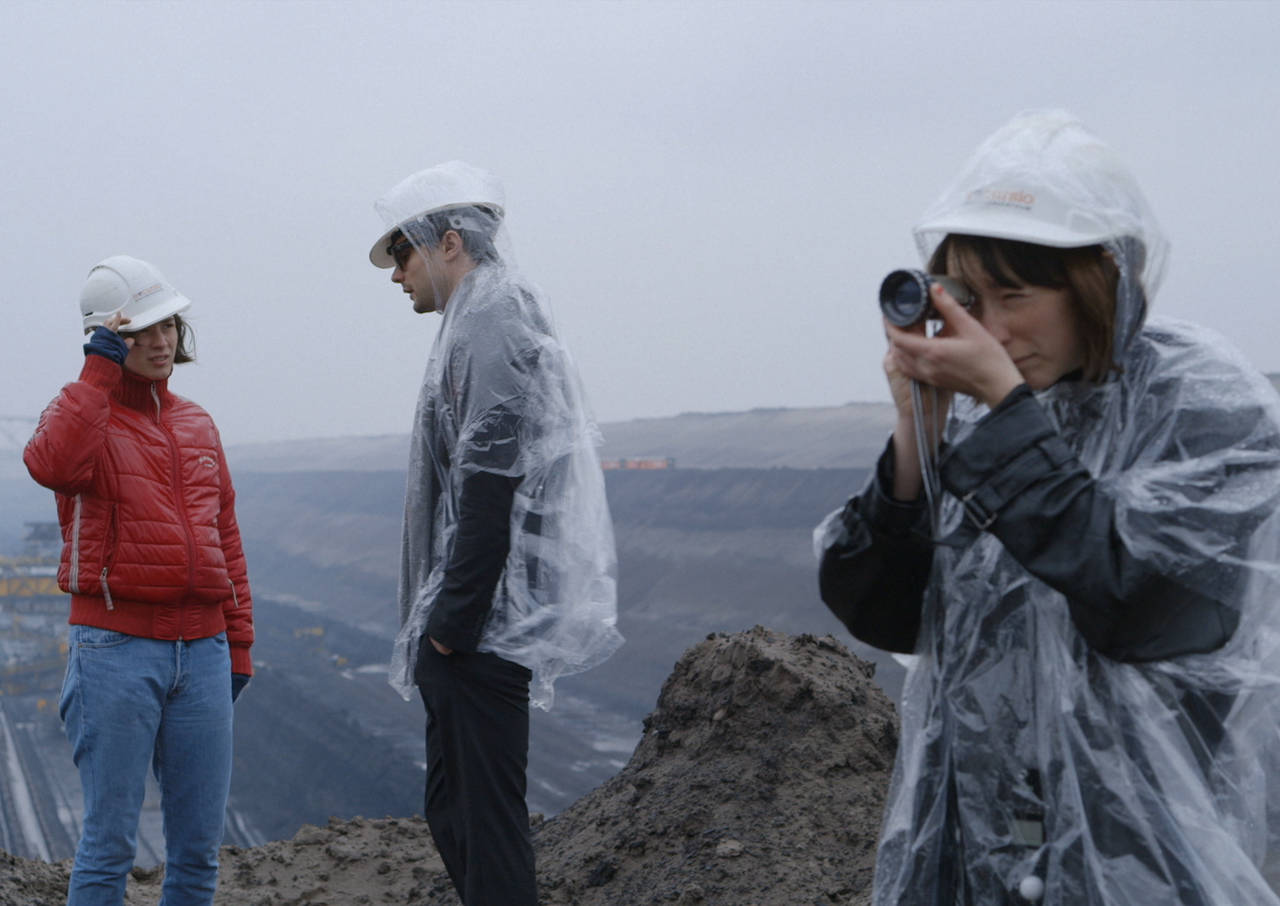
“Please don’t make a film about Godard!”
A film about filmmaking sounds a bit meta. But Kristina Kilian’s video work takes us on a ghostly journey through Godard’s Germany after the fall of...

Black is not a Color
In a film series, Oliver Hardt combines the themes from Kara Walker’s work with the perspectives of Black people in Germany. In conversation with...
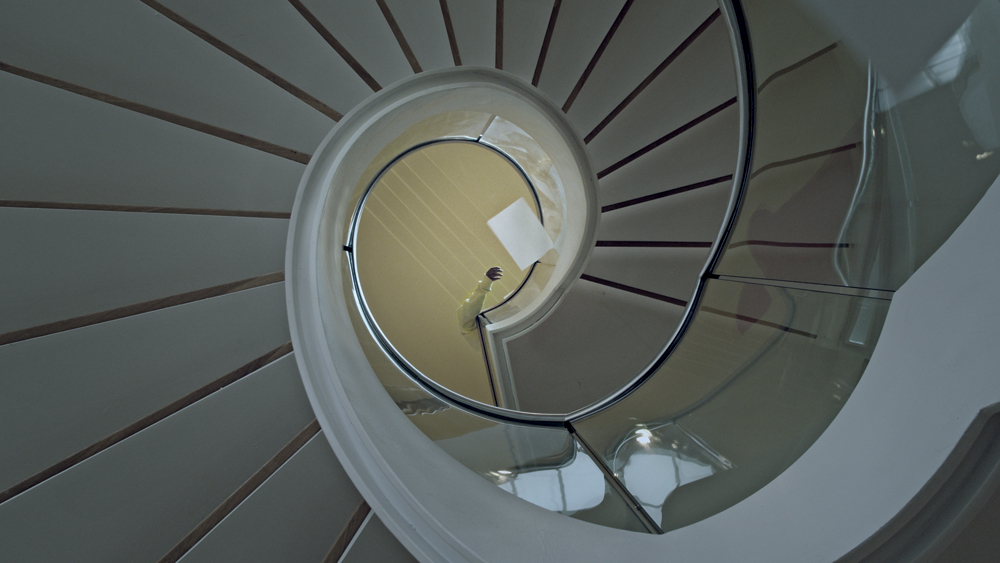
How do we Remember?
In which places does history become visible? And what do we remember at all? Maya Schweizer begins her search for clues in the sewers and slowly feels...
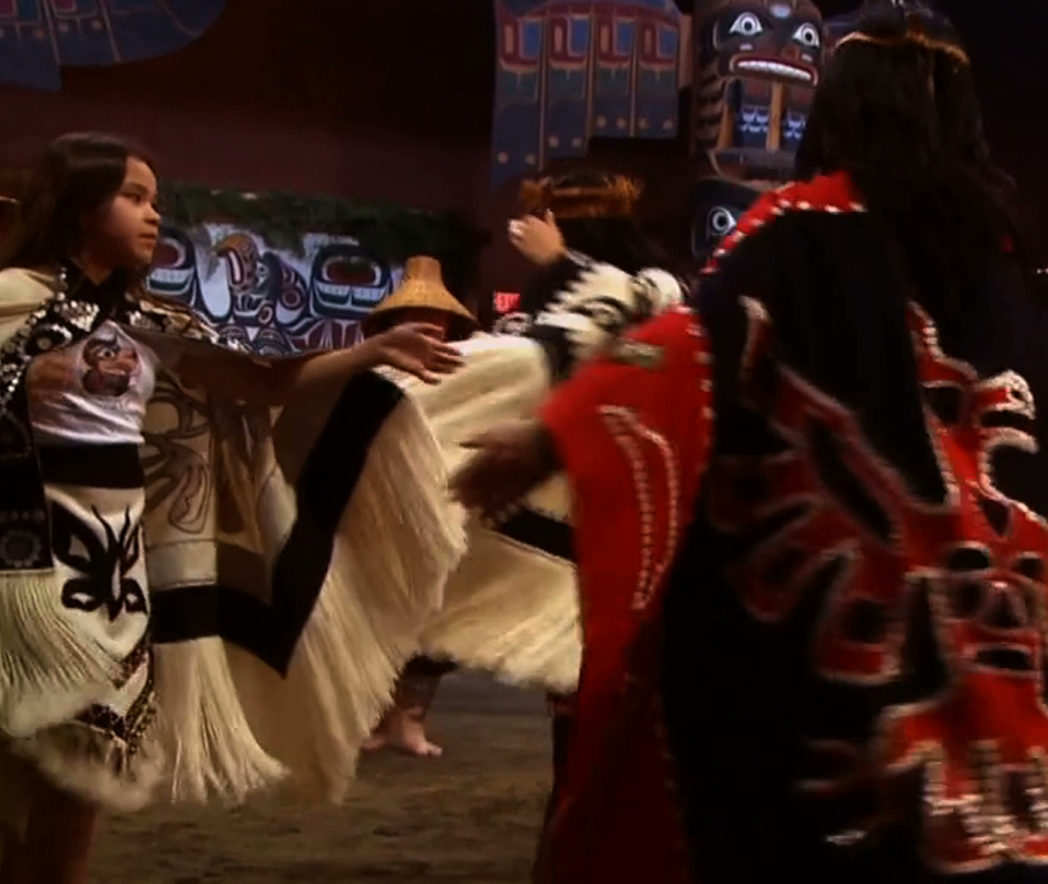
Film highlights from South and North America
How can we break with the power relations of the past and create a decolonial future? A look at the representation of Indigenous women in film.
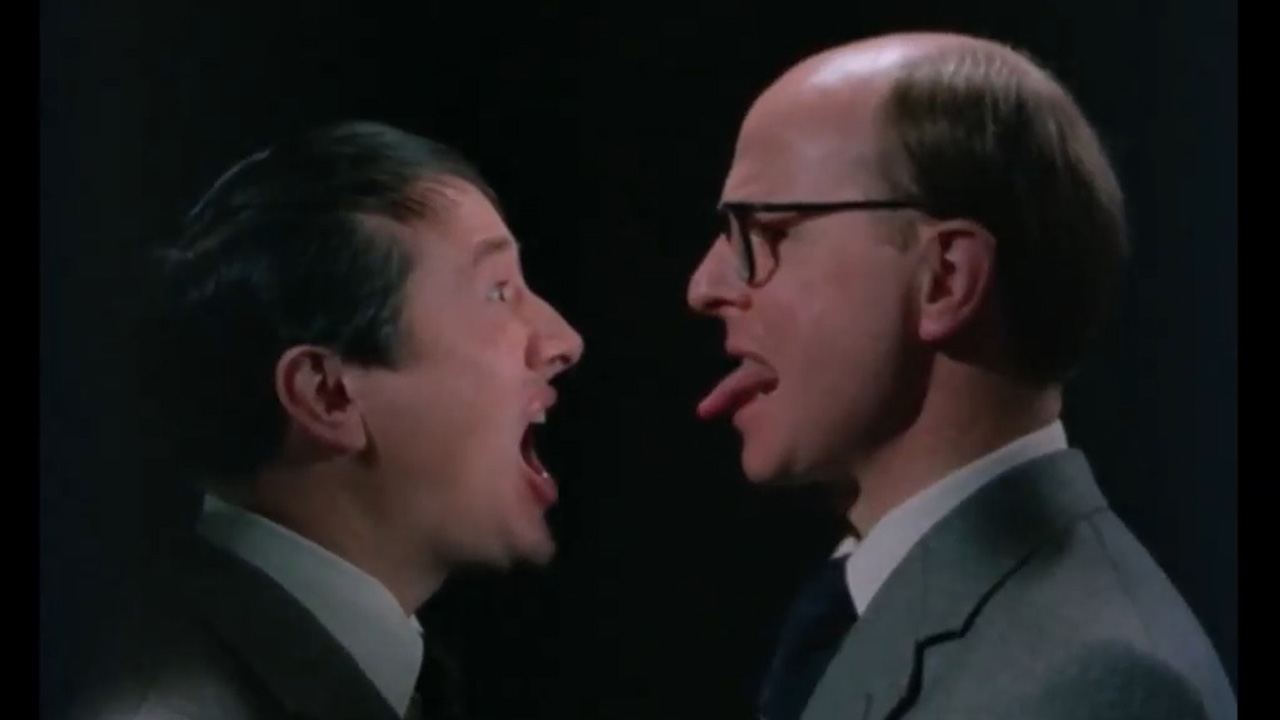
Must See: The World of Gilbert & George
Eccentric, fascinating, repulsive, entertaining and full of symbols: “The World of Gilbert & George” is a collage about the artifice of everyday life...

Spring is coming, and so is Magnetic North
For the first time in Germany, principal works from Canada’s major collections are on view at the SCHIRN. At the same time, the exhibition examines...
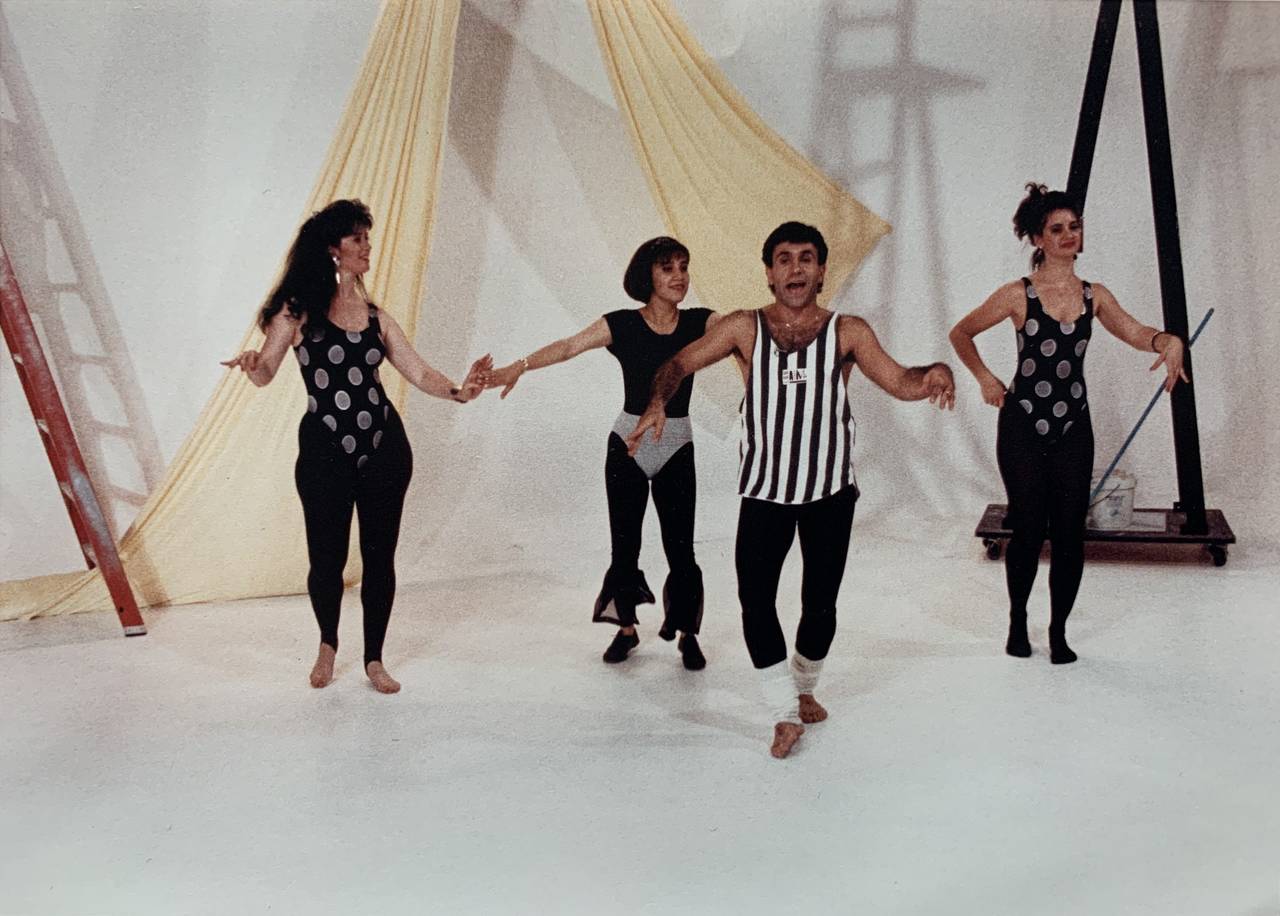
A Revolution in Iranian Dance
After the Iranian Revolution a nationwide dance ban was issued. It was subverted by smuggled video cassettes of dancer-in-exile Mohammad Khordadian,...
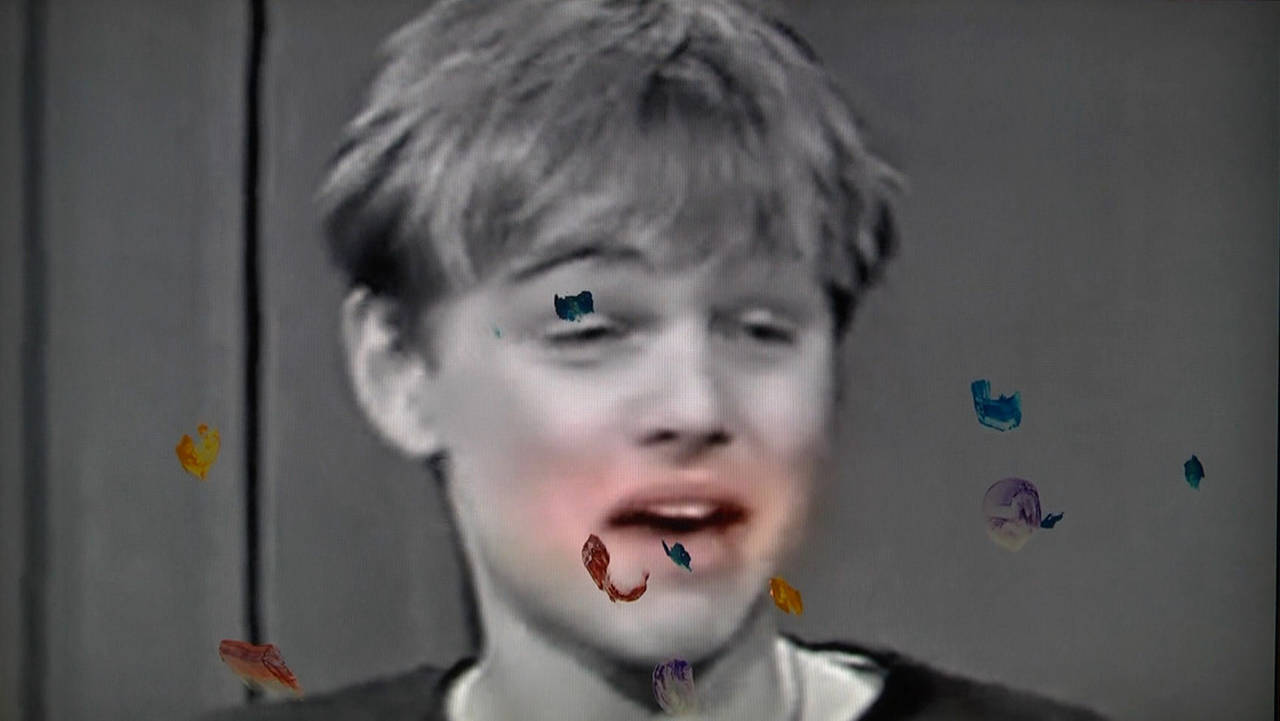
How to perform painting
This is perhaps the best way to describe the work of video artist Angel Vergara: Art history meets pop culture, the artist himself appears as a...
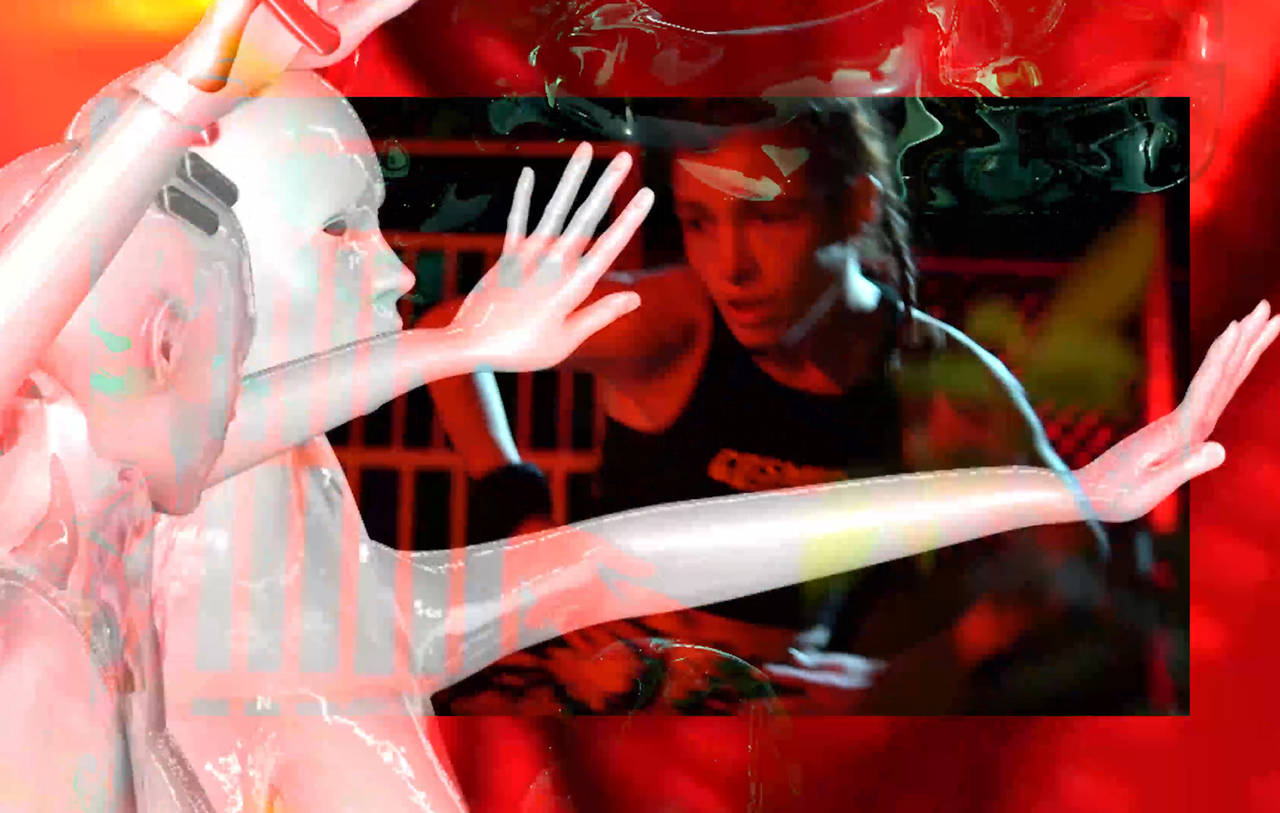
About the resistance of our bodies
Hypnotic dances and hybrid beings in cyberspace: Video artist Johanna Bruckner transforms the human body into digital matter.
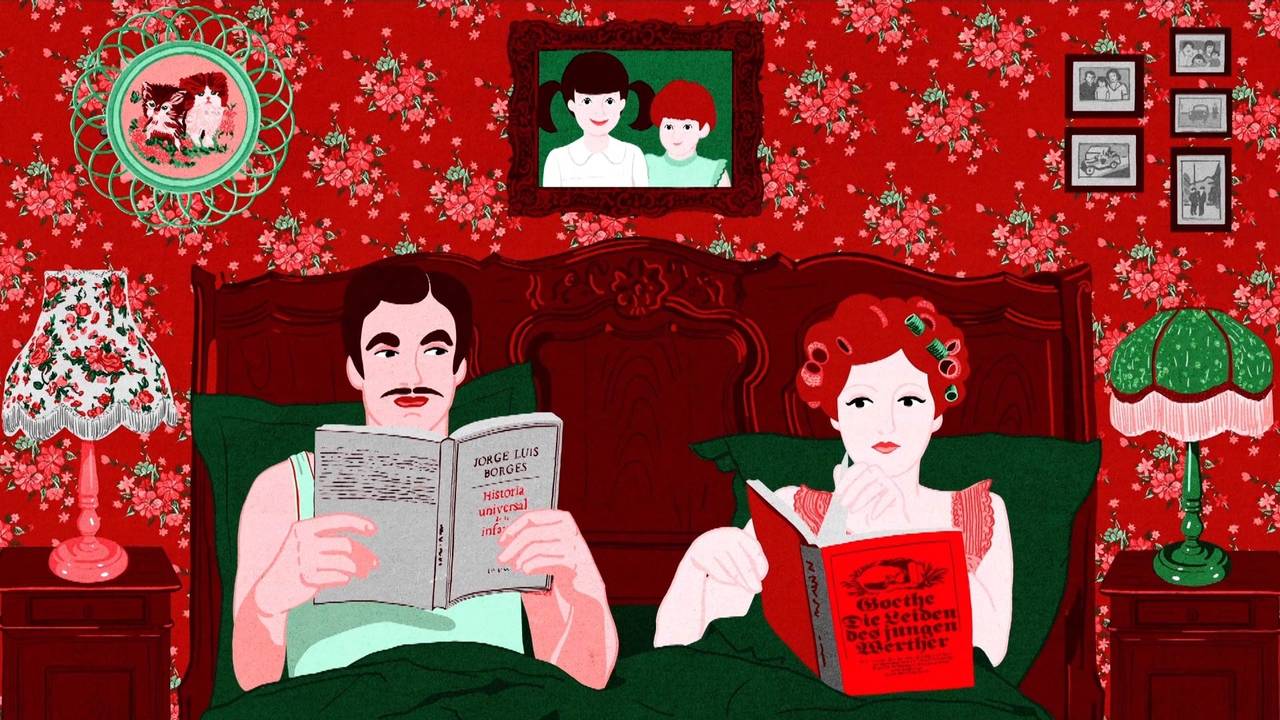
More than a Honeypot
Young, beautiful and dangerous: the prototype of the Bond Girl still shapes the cliché of spies. Author Chloé Aeberhardt on the reality of espionage...
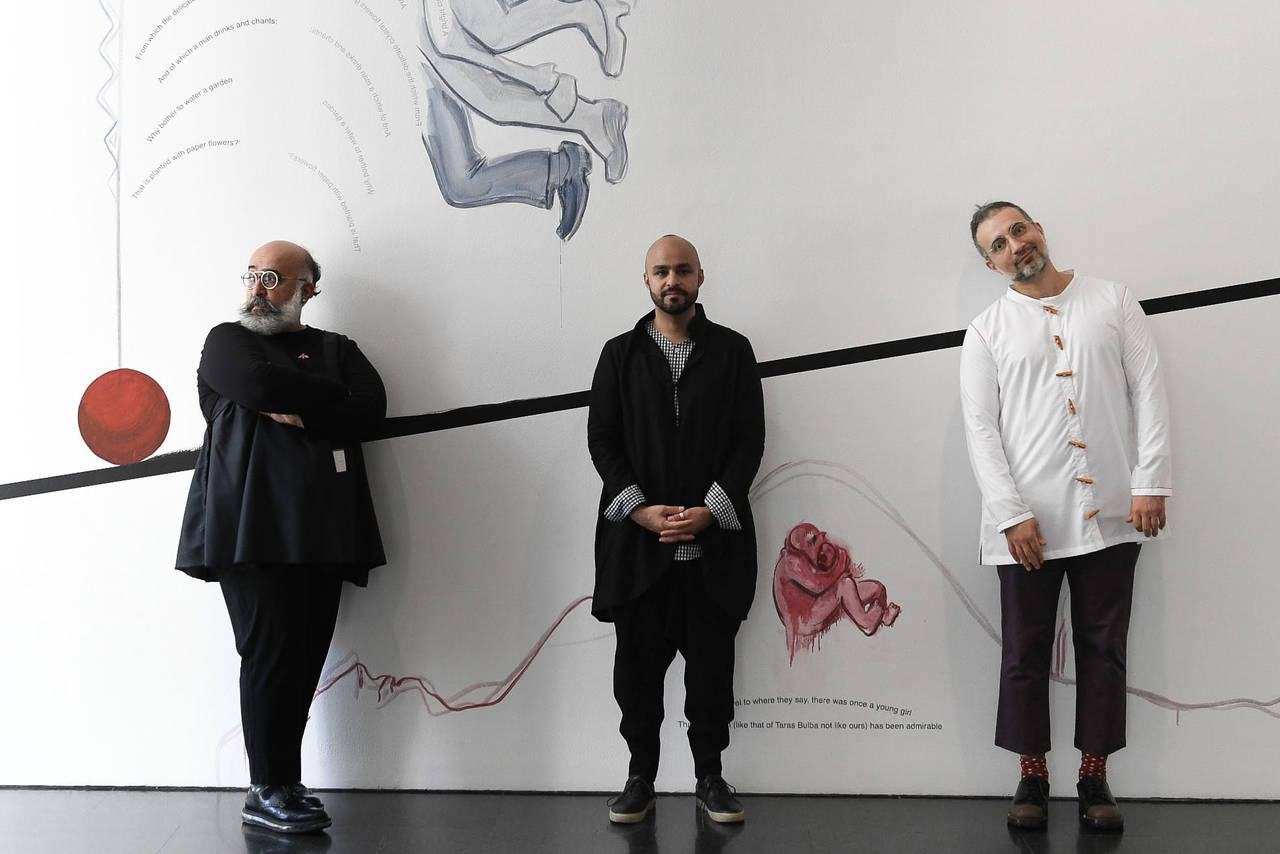
How to create the unexpected
About life in exile, anarchic art, and the “black milk” of the earth: The art historian Media Farzin met her old friends Ramin and Rokni Haerizadeh...
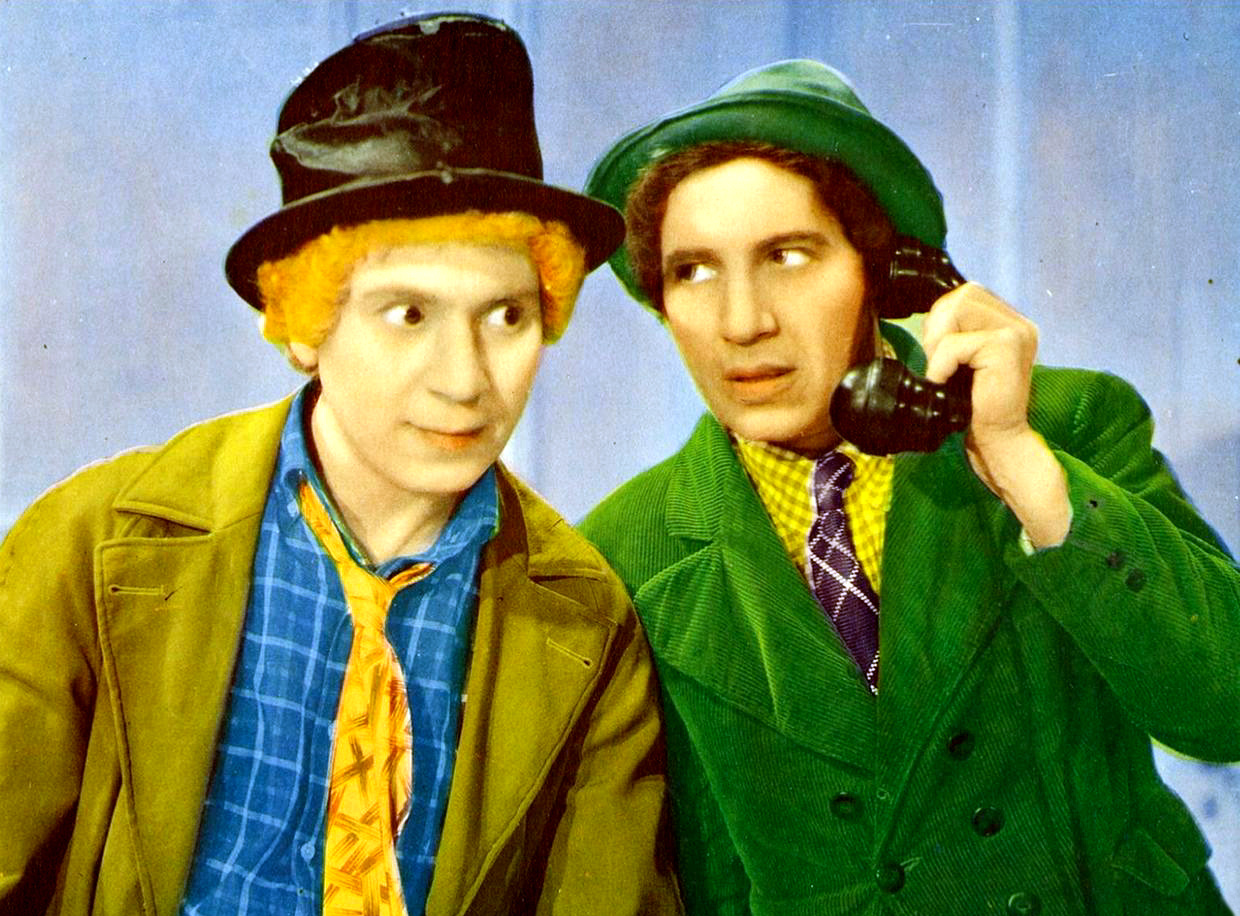
Why so cryptic?
What lies behind the title of the exhibition by Ramin Haerizadeh, Rokni Haerizadeh and Hesam Rahmanian. And why humor is sometimes the best criticism....
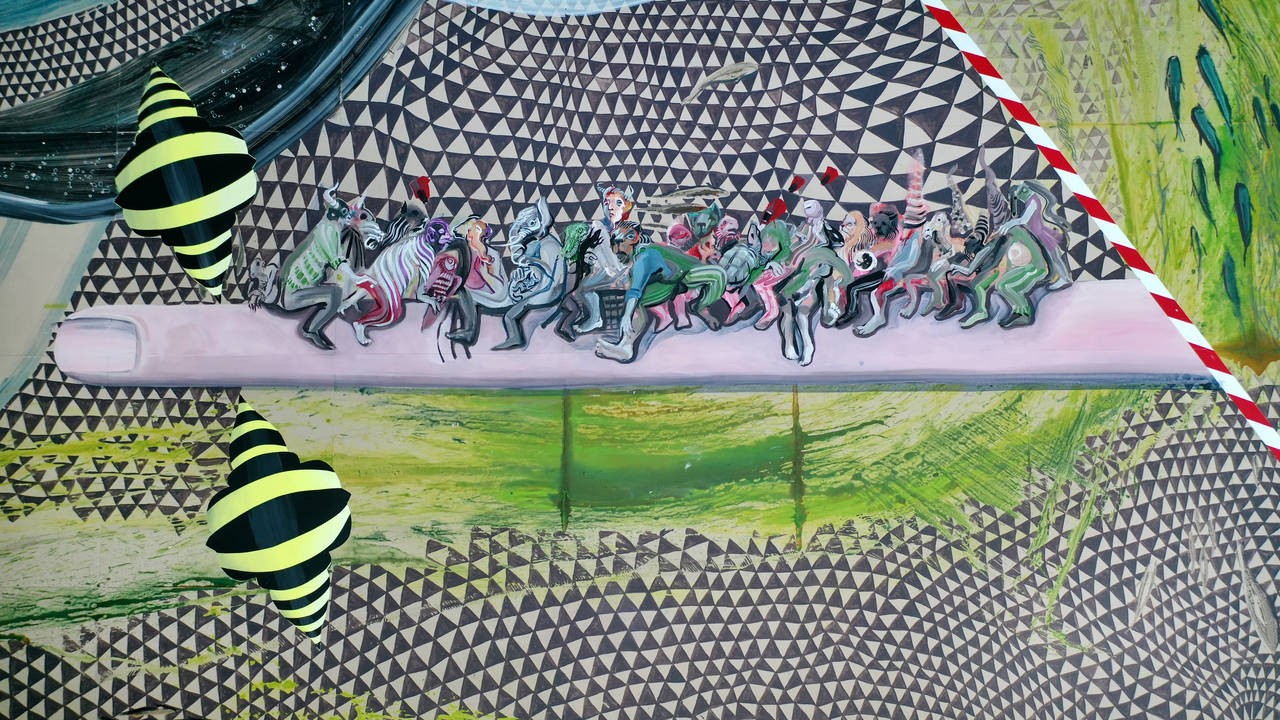
Schirn Preview: Ramin Haerizadeh, Rokni Haerizadeh and Hesam Rahmanian
Exuberant, funny, eccentric and full of allusions: The Schirn presents the Iranian artist collective's first solo exhibition in Germany.
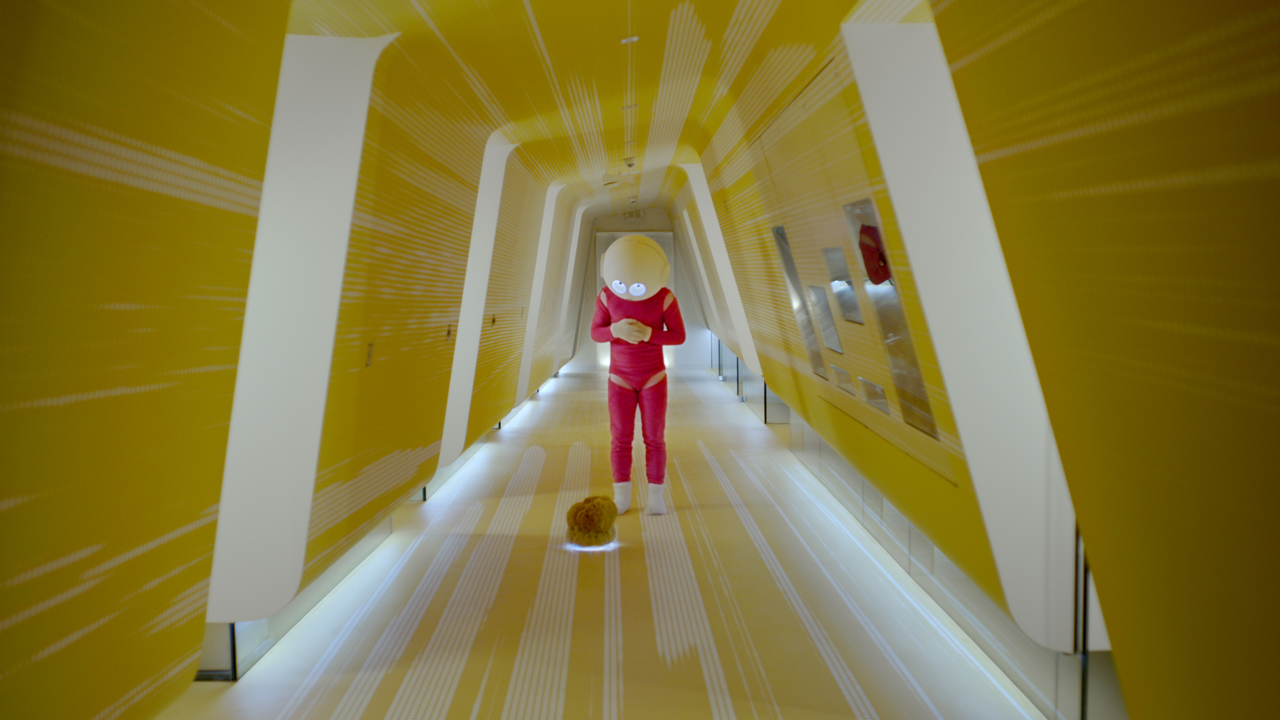
The Future of Video Art
Six international video artists present their new works. An exchange about new trends and forms of expression in film.

